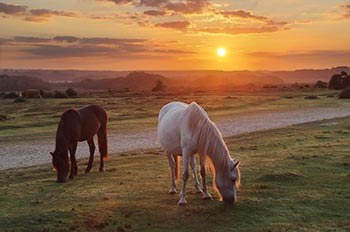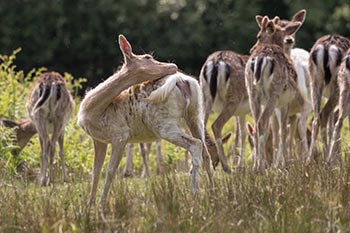For comprehensive information about the New Forest National Park
***** For information about New Forest access restrictions and related matters, check out the Forestry England website. *****
Burley - 1909 Ordnance Survey Map

New Forest Explorers Guide - home page
More links
New Forest heritage - introduction
Other related links
Burley history - introduction and topic links
New Forest Heritage
Search this site
** New Forest ponies and other animals**

Sadly, 58 animals were killed - 35 ponies, 13 cows, 8 donkeys and 2 sheep, whilst a further 32 were injured - 3 pigs, 9 donkeys, 11 cows and 9 ponies.
(Forty-three accidents occurred in daylight, 15 at twilight and 101 in the dark. Twenty-seven accidents were not reported by the driver involved).
Here's just one horrific example - Three donkeys killed in collision with van at notorious New Forest blackspot (Advertiser and Times)
** Always take care when driving **
The Glorious New Forest


Marvellous landscapes, marvellous wildlife
New Forest seasonal highlights
MayBluebells and other wild flowers brighten the woods, usually in relatively small numbers.
Bird song can be heard throughout the day but is at its loudest at dawn and, to a lesser extent, dusk.
Foals are born in increasing numbers and can be seen beside ever-attentive mares.
Dragonflies are more frequently observed on the wing as spring progresses.
June
Badgers can now often be watched above ground well before darkness falls.
Deer - fallow, red, roe, sika and muntjac deer are all present - give birth, although the youngsters are unlikely to be noticed until July.
Heath spotted-orchids add delicate pink colour to many of the heaths.
Hobbies, dashing birds of prey, can often be seen aloft, hawking for insects.

